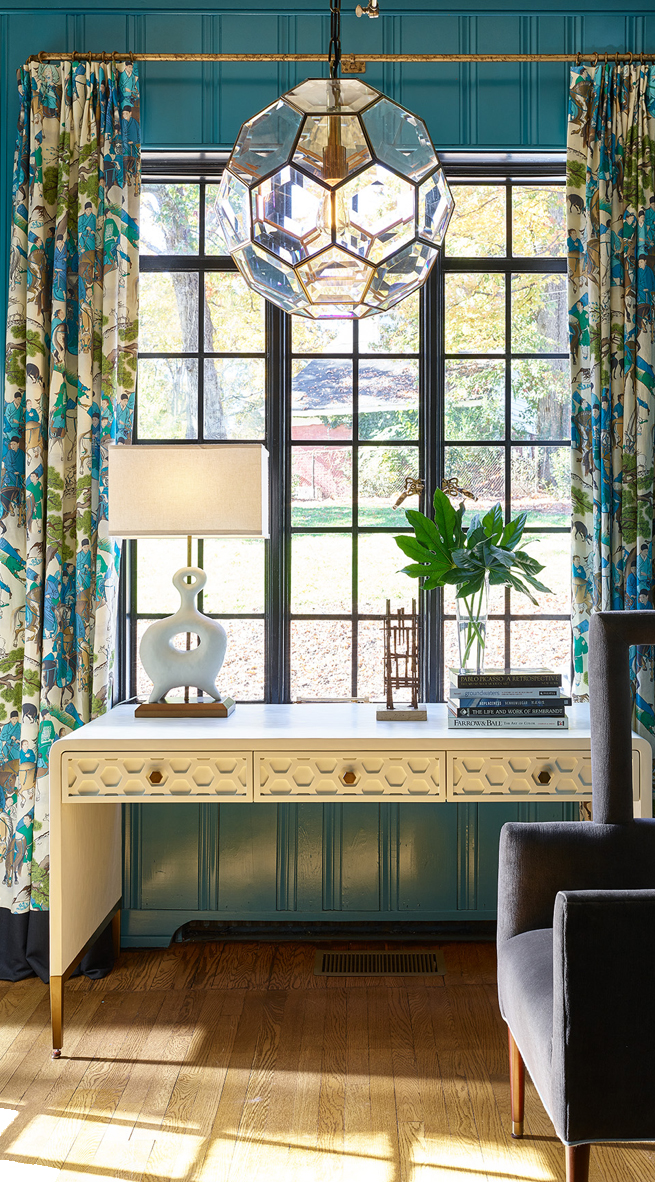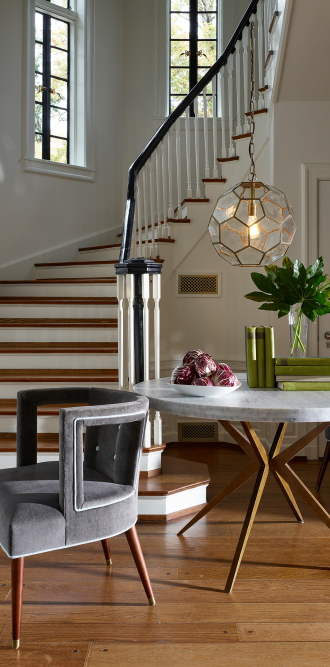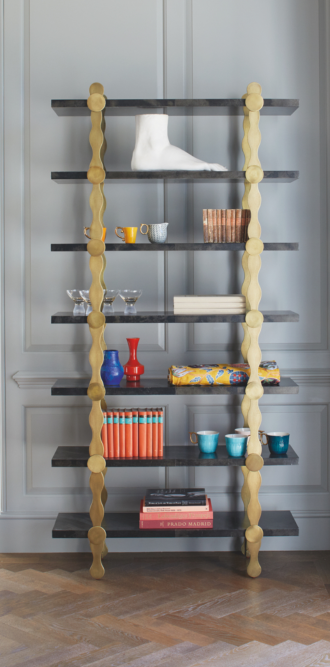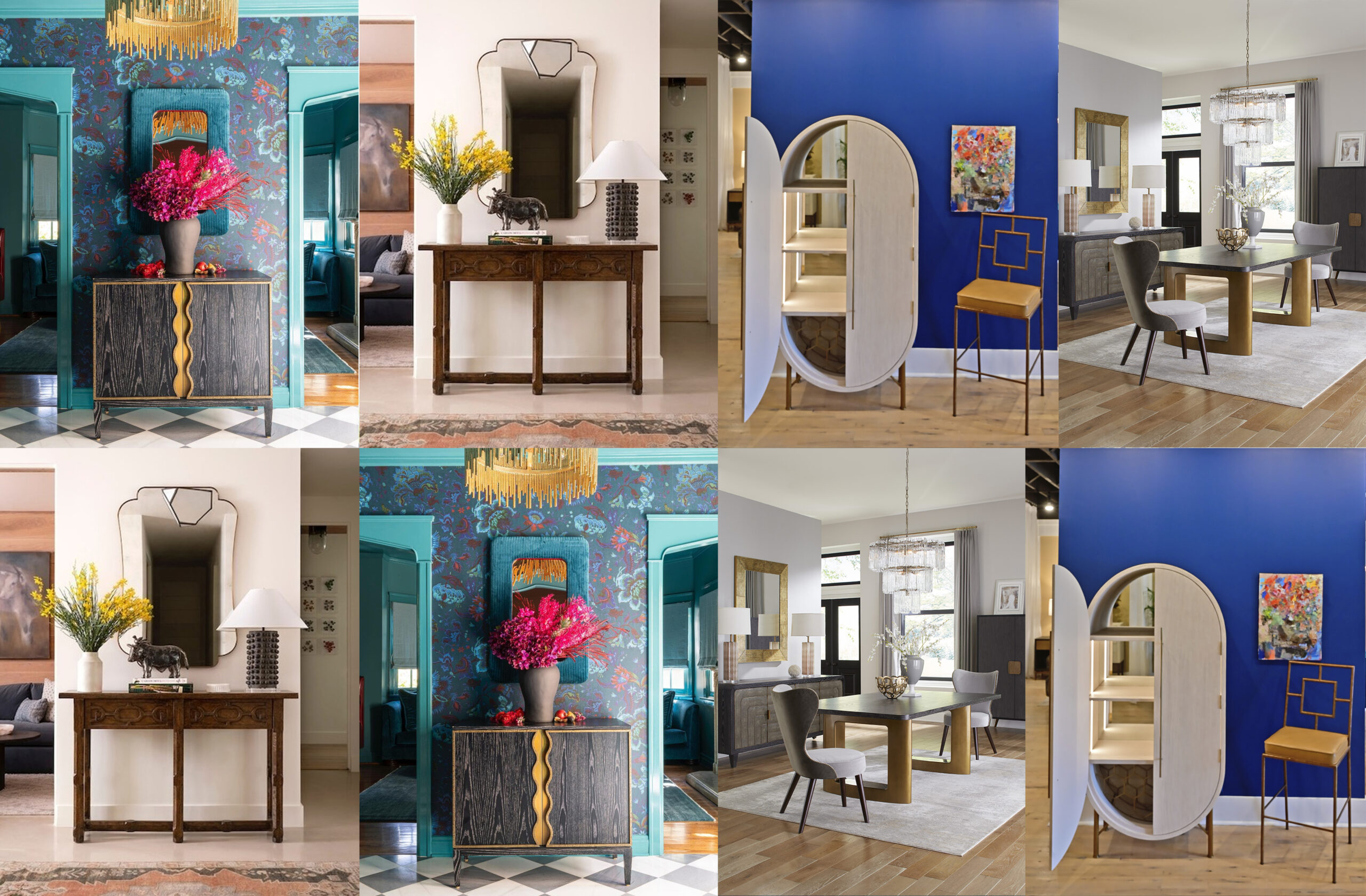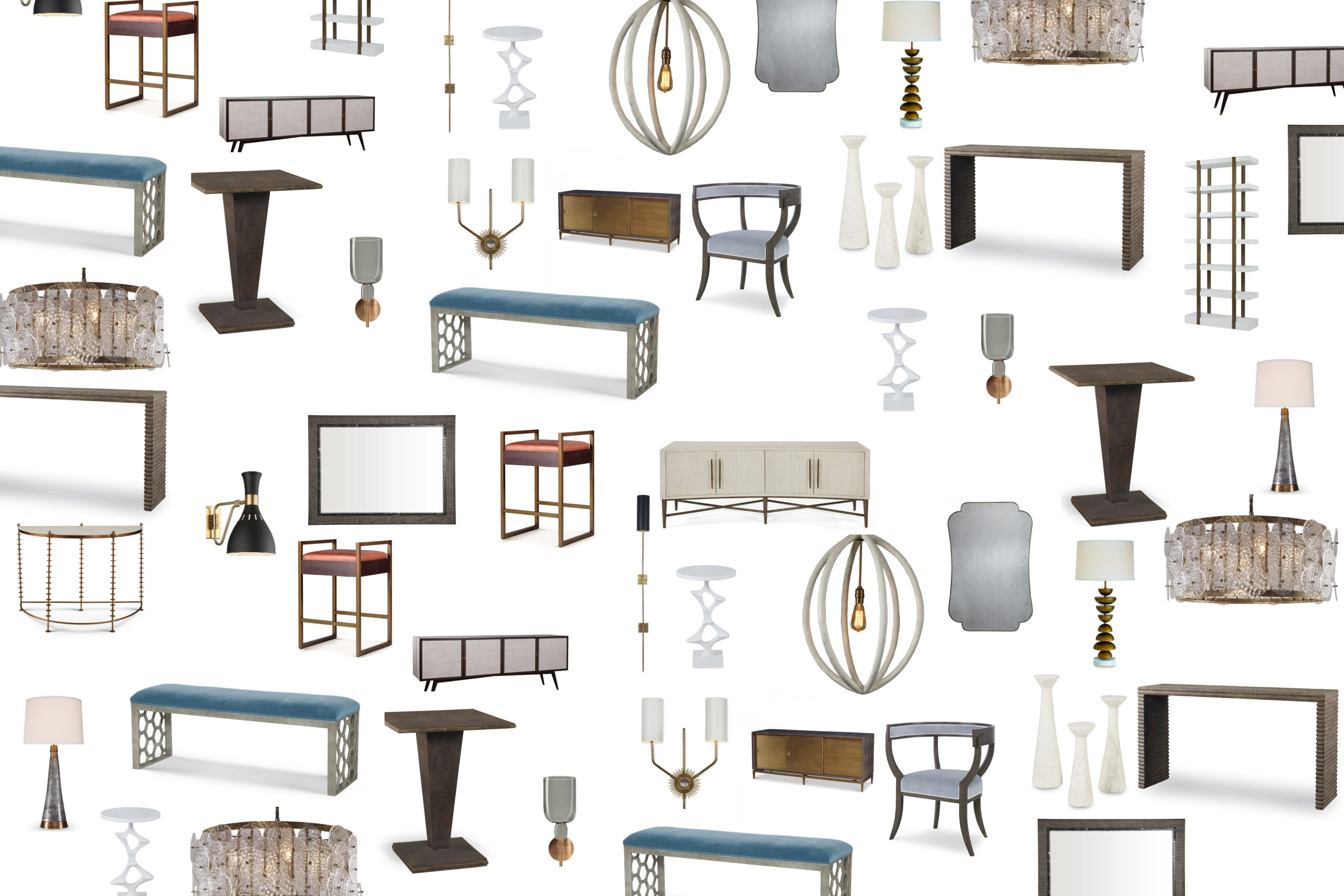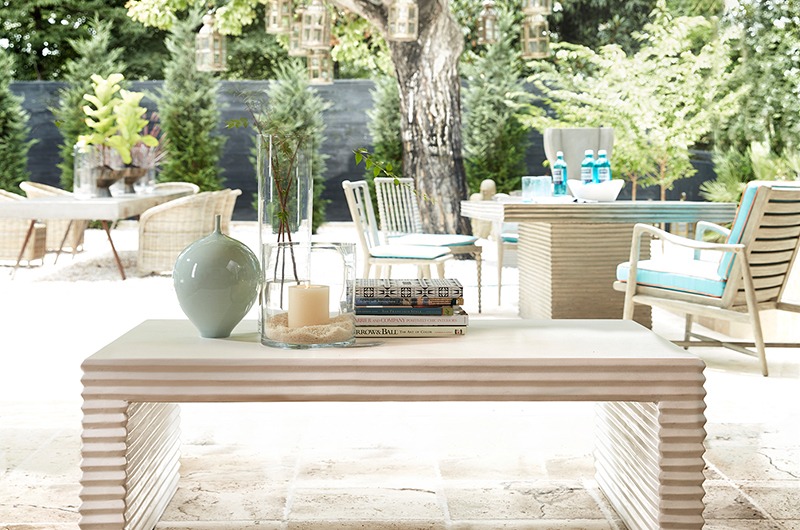It is a common challenge for homeowners and renters alike to answer the question of how to add light to a room. The answer is simple: get creative. Through floor and table lamps, strategically placed furniture, and even the use of decor, you can achieve a lighter, brighter living space with or without natural lighting. Explore our 25 tips below to make your space more inviting.
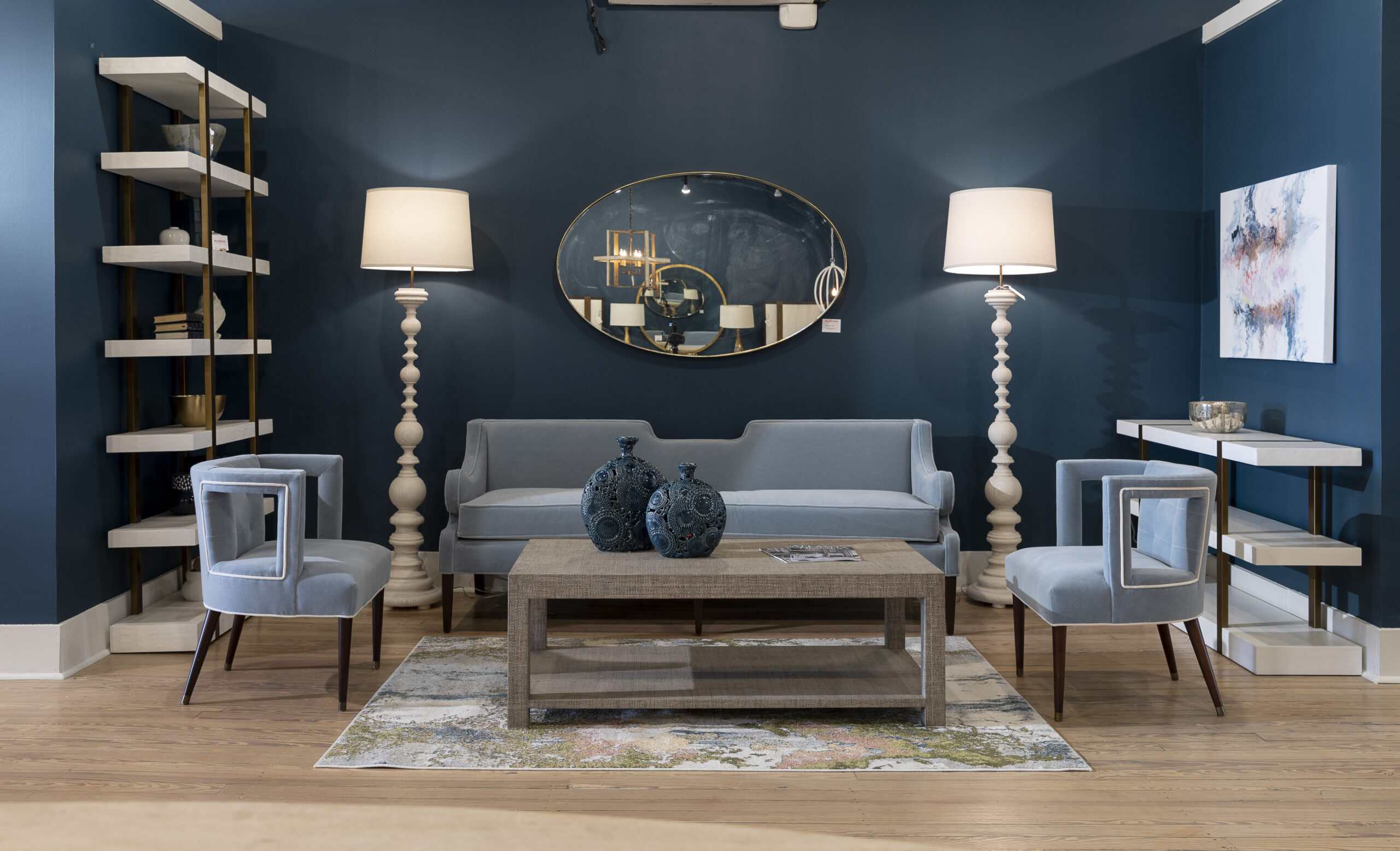
1. Place a mirror near lights
Mirrors are a simple way to add more light to a room. Strategically placing a mirror or mirrors adjacent to a window or light, or across from it, is a simple way to brighten up a dark room. Browse our mirror collection to see what would look good in your space.
2. Use tasteful string lights, candles, etc.
String lights have become popular outside of the holiday season. Edison bulbs are a beautiful choice for a classic or old-fashioned living space, while a tasteful arrangement of candles on a side table can add warm light to a dark corner. Consider combining these two elements together in a dark corner of your living space to create a “light knook.”
3. Choose lighter furniture and transparent pieces
Lighter color furniture, and furniture that features transparent pieces or an open design, can help add light to a room. Furniture in this style creates the illusion of openness, making a room feel less crowded and more open to light. One example of this is our Wolfgang Loveseat. Light in color and carved from European Mid Oak, this piece is comfortable, stylish, and modern— and it is made for both your indoor space, and any outdoor living space you may have!
4. Leverage white spaces and walls
Your walls and floors can help in how to lighten a dark room with no natural light. Light or white walls, and lighter floors reflect light better than darker colors. Pastels, greys, or white walls typically lighten a room while lighter carpet or light colored hardwood floors help as well.
5. Remove heavy curtains
Heavier curtains, while nice for blocking light during sleeping hours or a movie, are not a great choice for other times when you’d like to brighten up a space. Consider sheer curtains—or no curtains at all—in place of heavier drapery. If black out curtains or heavier curtains are a necessity, look for lighter colored choices that fit well with your decor.
6. Trim your trees and bushes
Interestingly, landscaping can impact how to add more light to a room. Overgrown trees and bushes that create shadow near windows can block light from getting in the room. Trimming trees, or when possible relocating them to another part of the yard, can allow for more light.
7. Invest in a bright area rug
Depending on your space, this may or may not be an ideal option. We’ve created a guide to help with furnishing your new home, but for those who already know that a bright area rug is a good decision, select one that works with your decor and adds a bright, light color to the room.
8. Perform a window deep cleaning
This is an easy chore to forget, but an essential one when exploring how to light a living room with no overhead lighting. Dirty windows do more than prevent you from having a clear view; for windows where they aren’t easily accessible, it’s easy for smudges, grime and dust to build up, diffusing light even further.
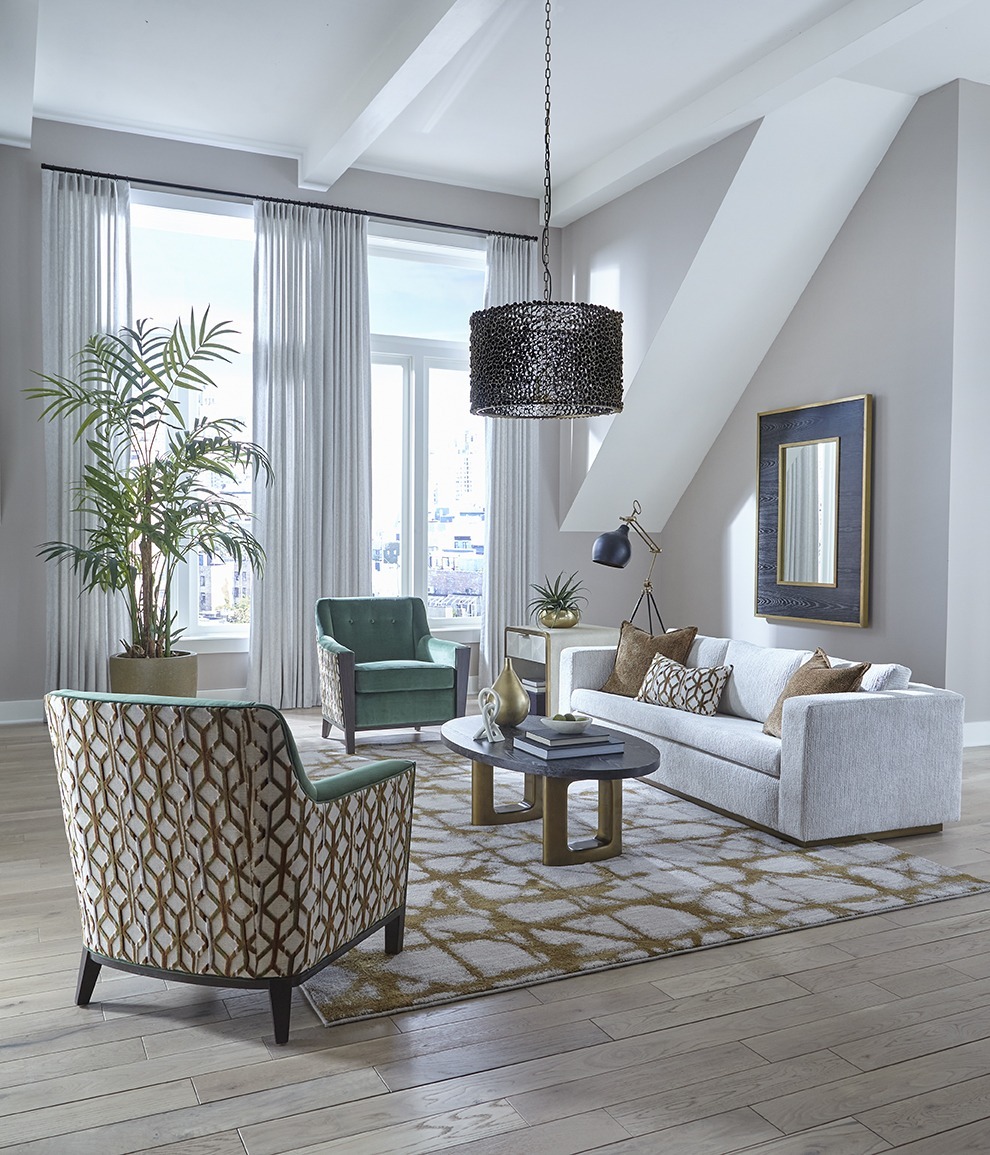
9. Choose furniture wisely
By selecting furniture that is minimalistic and sits lower to the ground, you can create the illusion of more space. The shorter furniture casts smaller shadows, thus allowing more light into the room. This Wilhelm Coffee Table, for example, is 18” high and the color adds light to the room.
10. Place images strategically
Like utilizing the white spaces of your home, strategically placing family pictures and utilizing the space to draw the eye and light into specific parts of the room can make a big difference. Consider creating a collage rather than having many smaller, framed pictures mounted on the wall.
11. Choose bright wall art
When selecting what wall art you would like to use in your home, consider looking at brighter images. Brighter pictures draw the eye and add a hint of color to a space, which can create the illusion of more light. Choose a color that not only works for your space, but adds energy to your room.
12. Aim your lights at the walls or ceiling
A simple answer for how to lighten a dark room with no natural light is to aim artificial lights at the walls or ceiling. This practice draws attention to these areas and also reflects light, creating brightness in an otherwise darker room. Consider installing adjustable light fixtures for this, or lamps that cast light upward.
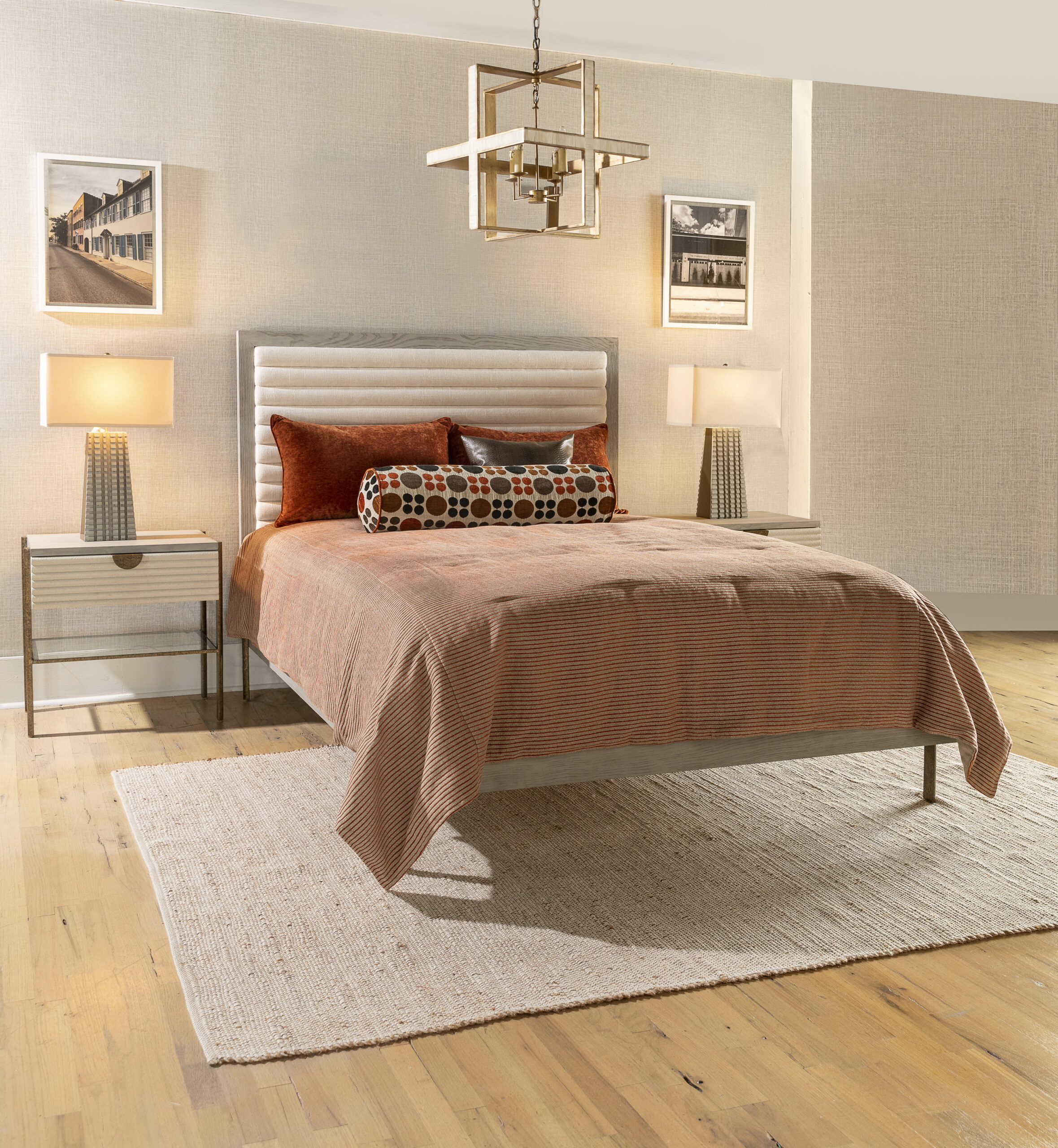
13. Invest in a crystal chandelier
One simple, effective way to add more light to a room is with a crystal chandelier. This not only creates a bright focal point, but it allows most light to escape into the room. A popular choice for entry ways, chandeliers also make an excellent addition to the center of a well-used room, like the dining room.
14. Go bold with “maximalism”
For designers and homeowners who prefer to avoid neutrals, choose a bold accent wall with designs as well as larger accent pieces and neutral walls in the rest of the room. This draws the eye to the accent wall, allowing it to have personality and add a sense of energy to the room.
15. Refinish your ceiling
Many homeowners opt for a matte white ceiling, but one way to answer the question of how to light a living room with no overhead lighting is to choose a high gloss paint. By pointing lights toward a high gloss ceiling, you allow that light to bounce off of the ceiling and into the rest of the room.
16. Add metallic elements
Adding reflective metallic to your decor can also create a lot of lighting. Not only does it reflex what light does come into the room, it also serves as a bold focal point in the room, creating the illusion of more light and energy. Our Soliel Mirror is a great example of a piece of functional metallic decor.
17. Arrange bookshelves perpendicularly
Surprisingly, where you place bookshelves and similar storage can impact how to add light to a room. Bookshelves should be placed perpendicular to window walls so that the illusion of openness is easier to achieve. Explore our guide to setting up your home office to see how to best arrange must-have furniture, such as bookshelves.
18. Remove window screens
Window screens, while helpful at keeping insects at bay, also reduce the amount of light that can get into a room. If having the window open is a big part of your lifestyle, consider planting hedges that naturally repel bothersome insects, such as lavender, mint or basil.
19. Add or replace light fixtures
Sometimes, adding more light to a room is a simple matter of changing the fixtures. Select light fixtures that allow more light to enter the room, or that can function as a focal point that draws the eye to the most well-lit parts of the room, are ideal. Also, consider that different light bulbs have more or less light output and choose according to your needs.
20. Clean fixtures and bulbs
It can be easy to neglect cleaning light fixtures and bulbs. But, dust can accumulate on lighting as much as anywhere else in the home, necessitating frequent cleaning. It isn’t wise to use cleaner on light bulbs so, if a simple dry cotton cloth cannot clean the bulb, it’s best to replace it.
21. Replace your door
For homeowners, replacing your front door, or any door in your home, might be a way to increase light. The color of a door can take light away from a room, or it can add to it. In the case of front doors, choosing one with more glass, either clear or diffused, can easily add more light to your living space and offer the room a refresh.
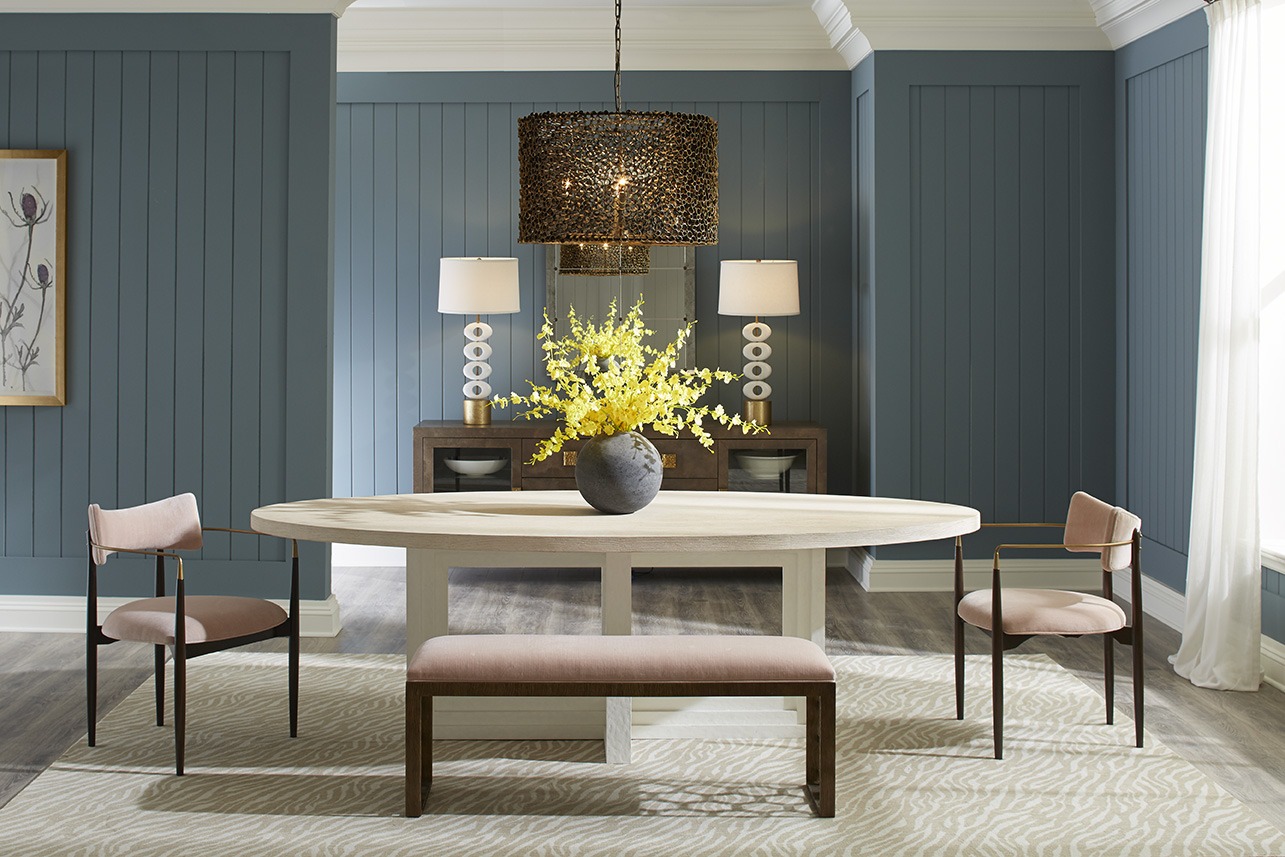
22. Place furniture strategically
Angling your furniture, even if it’s larger furniture, can make a difference in how to add light to a room. Angle couches and other large furniture items toward the focal light in a room, allowing more light to reflect off of it.
23. Install recessed lighting
By utilizing lighting that is evenly distributed across the room via recessed lighting, you can ensure that each part of the room is well lit. It is, however, a possibly expensive investment. Achieve a similar look by strategically placing floor lamps and smaller table lamps.
24. Place an oversized lamp in the corner
While oversized furniture is typically frowned upon, much like an accent wall, an oversized lamp can function as a focal point and draw the eye to a brighter, well lit area of the room. This creates the illusion of more and is one way to answer the question of how to light a living room with no overhead lighting. One example of an oversized lamp that functions as a focal point and adds light to a room is the Torme Floor Lamp.
25. Live with plants
Plants as part of your indoor living area have many benefits, including adding color. Adding living plants can add colorful blooms to your space, and it’s a natural way to filter the air of carbon dioxide.
Some of these lighting tips can be implemented on their own, but in many cases it’s best to consider multiple techniques on how to add more light to a room. Many of these methods are complementary and, with a few small adjustments, can make a drastic difference in your living space.
Frequently Asked Questions
Browse our commonly asked questions to get answers to many home décor questions as they relate to how to add light to a room.
1. How can I add more light to my room?
If installing new light fixtures isn’t an option because of time, finances or renting, floor and table lamps, as well as accent pieces and focal points, can all help add light to a room without requiring major changes to the home.
2. How can I add light to a room without lighting?
Metallic focal points and mirrors can add light to a room. By strategically placing reflective items near what light is available, you can create the illusion of more lighting.
3. How can I light a room without a ceiling fixture?
By strategically placing table and floor lamps, along with certain decor, you can draw more light into a room from natural lighting sources as well as artificial lighting. Also, consider the position and arrangement of furniture.
4. What can I use if my overhead lights aren’t bright enough?
Floor lamps, particularly when they point toward the ceiling, can help when ceiling lighting is inadequate. Also, consider lighting that points toward the walls in order to create more light.

